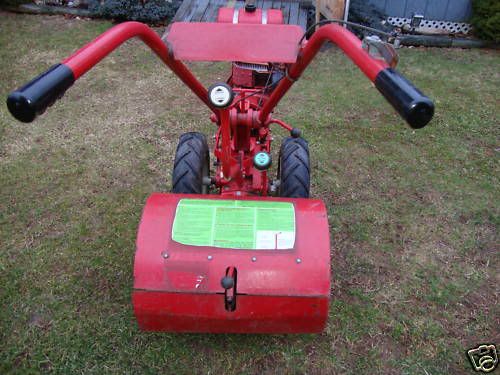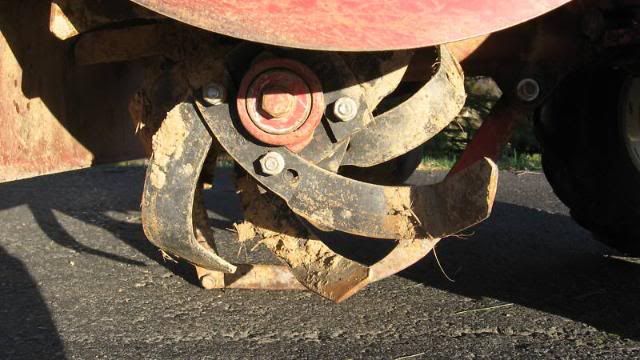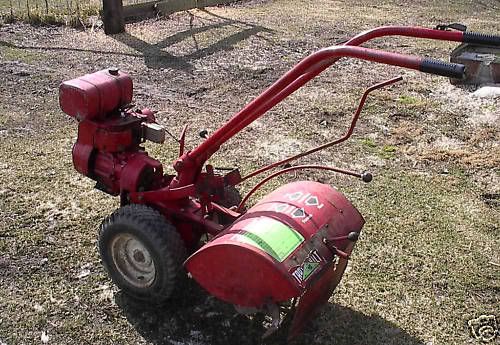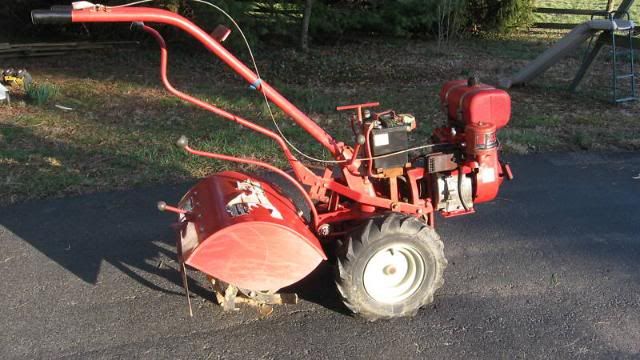2manyrocks
Super Member
- Joined
- Jul 28, 2007
- Messages
- 7,312
A bit more Troy Bilt history here: The Garden Of Oz . The author of this article says Troy Bilt is a descendant of the Watco Roto-ette tiller of 1937. He gives a bit more information on Garden Way and what happened later to some of the people in the company, including Dick Raymond.
Two other articles briefly discuss the closing of the Troy Bilt plant and Troy Bilt's 2001 bankruptcy.
This article Four years post-Port, Garden Way bankrupt - The Business Journal of Milwaukee: appears to say that Garden Way bought Bolens, headquartered in Port Washington, Wisconsin, in 1987. By 1997, Garden Way was reportedly having financial trouble, but no reasons were given in the article. In 1999, they got a government grant to keep their plant in NY. They filed chapter 11 in July, 2001.
Another article gives little more detail. Garden Way to close, lay off 550 - The Business Review (Albany): The article quotes from a prepared statement from Garden Way that a slowing economy and changes in consumer spending patterns " made further profitability improvements difficult to achieve."
The Troy Bilt tiller line was then sold to MTD in Ohio from the bankruptcy estate.
Two other articles briefly discuss the closing of the Troy Bilt plant and Troy Bilt's 2001 bankruptcy.
This article Four years post-Port, Garden Way bankrupt - The Business Journal of Milwaukee: appears to say that Garden Way bought Bolens, headquartered in Port Washington, Wisconsin, in 1987. By 1997, Garden Way was reportedly having financial trouble, but no reasons were given in the article. In 1999, they got a government grant to keep their plant in NY. They filed chapter 11 in July, 2001.
Another article gives little more detail. Garden Way to close, lay off 550 - The Business Review (Albany): The article quotes from a prepared statement from Garden Way that a slowing economy and changes in consumer spending patterns " made further profitability improvements difficult to achieve."
The Troy Bilt tiller line was then sold to MTD in Ohio from the bankruptcy estate.







